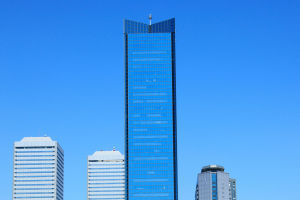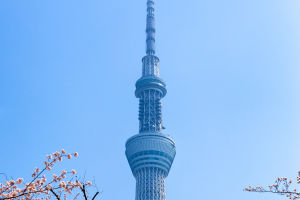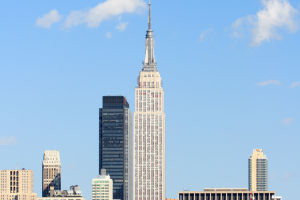The Vasco da Gama Bridge, an engineering marvel and a symbol of modern Portugal, spans the serene waters of the Tagus River in Lisbon.
At 17.2 kilometers long, it is the longest bridge in Europe, connecting the city's bustling metropolitan areas to the less-populated eastern side of the river.
Whether you're a local commuter or a traveler seeking to explore Lisbon's outskirts, this stunning bridge offers an unforgettable experience and a glimpse into the future of infrastructure.
Getting There
The Vasco da Gama Bridge is easily accessible from Lisbon's city center. If you're coming from central Lisbon, simply follow the signs toward the A12 highway, which connects directly to the bridge.
Traffic Time: The bridge is open 24 hours a day, but traffic tends to be heavier during rush hours (8:00-10:00 AM and 5:00-7:00 PM).
Toll Fees: Tolls vary depending on vehicle type. For passenger cars, expect to pay around €2.85 for a one-way trip. The toll is collected when heading southbound toward Lisbon.
Public Transportation: While there are no public buses or trains directly crossing the bridge, you can easily catch a train or bus to the nearby Oriente Station, where taxis or rideshare services can take you across.
What to Expect
Driving across the Vasco da Gama Bridge is a unique experience that offers breathtaking views of the Tagus River and the Lisbon skyline. On a clear day, the river's surface reflects the sky, creating an awe-inspiring view of endless water and sky. The smooth, wide lanes and the towering cable-stayed structure make the drive feel both peaceful and exhilarating.
For those who prefer to enjoy the view without driving, consider taking a river cruise. Many cruises depart from Parque das Nações, allowing passengers to sail under the bridge and admire its impressive scale from below.
Cruise Prices: Ranges from €20 to €50 depending on the tour and duration.
Open Time: Tours operate throughout the day, with sunset cruises being particularly popular for their stunning views.
Best Time to Visit
The Vasco da Gama Bridge is a functional part of Lisbon's infrastructure, so it's accessible year-round. However, the best time to experience the bridge in its full glory is during the spring or autumn months. The weather during these seasons is mild, offering clearer skies and pleasant temperatures for those wanting to explore the areas surrounding the bridge.
For photography enthusiasts, the golden hour—just after sunrise or before sunset—is the best time to capture the bridge in all its glory. The sunlight illuminates the bridge's sleek lines and reflects off the water, making it a perfect moment for stunning travel photos.
History of the Vasco da Gama Bridge
Named after the famous Portuguese explorer Vasco da Gama, who opened the sea route to India in 1498, the bridge was built to commemorate the 500th anniversary of his voyage. It was officially inaugurated on March 29, 1998, in time for Expo 98, an international exposition held in Lisbon that focused on the world's oceans and maritime history. The bridge was constructed as part of the efforts to alleviate traffic congestion on the 25 de Abril Bridge and to expand Lisbon's development toward the east.
What to See Nearby
Beyond the bridge, the Parque das Nações district is a thriving area filled with attractions such as the Lisbon Oceanarium, Vasco da Gama Tower, and a variety of shops, cafes, and restaurants.
Lisbon Oceanarium: One of the largest aquariums in Europe, tickets start at €19 for adults and €13 for children.
Vasco da Gama Tower: Offering panoramic views of the city and river, entry fees are around €10.
Shopping Tip: Visit the Vasco da Gama Mall for a break from sightseeing. It's a large shopping center near Oriente Station with a wide variety of stores and dining options.
Tips for Lykkers
Here are some handy tips for Lykkers planning to visit the Vasco da Gama Bridge:
1. Pack Light for Driving: If you're driving across, try to avoid heavy traffic times and keep your toll payment handy.
2. Explore the Surroundings: Take time to explore Parque das Nações and enjoy a river cruise for a different view of the bridge.
3. Photography: Don't forget to bring a camera to capture the stunning reflections of the bridge in the water during sunrise or sunset.
To Conclude
The Vasco da Gama Bridge is not just a crossing; it's an experience of Lisbon's blend of modernity and history. Whether you're driving across the bridge or admiring it from a river cruise, the grandeur and serenity of this iconic structure will leave a lasting impression on your journey. For Lykkers seeking both adventure and architectural beauty, this bridge is a must-see on any Lisbon itinerary.


